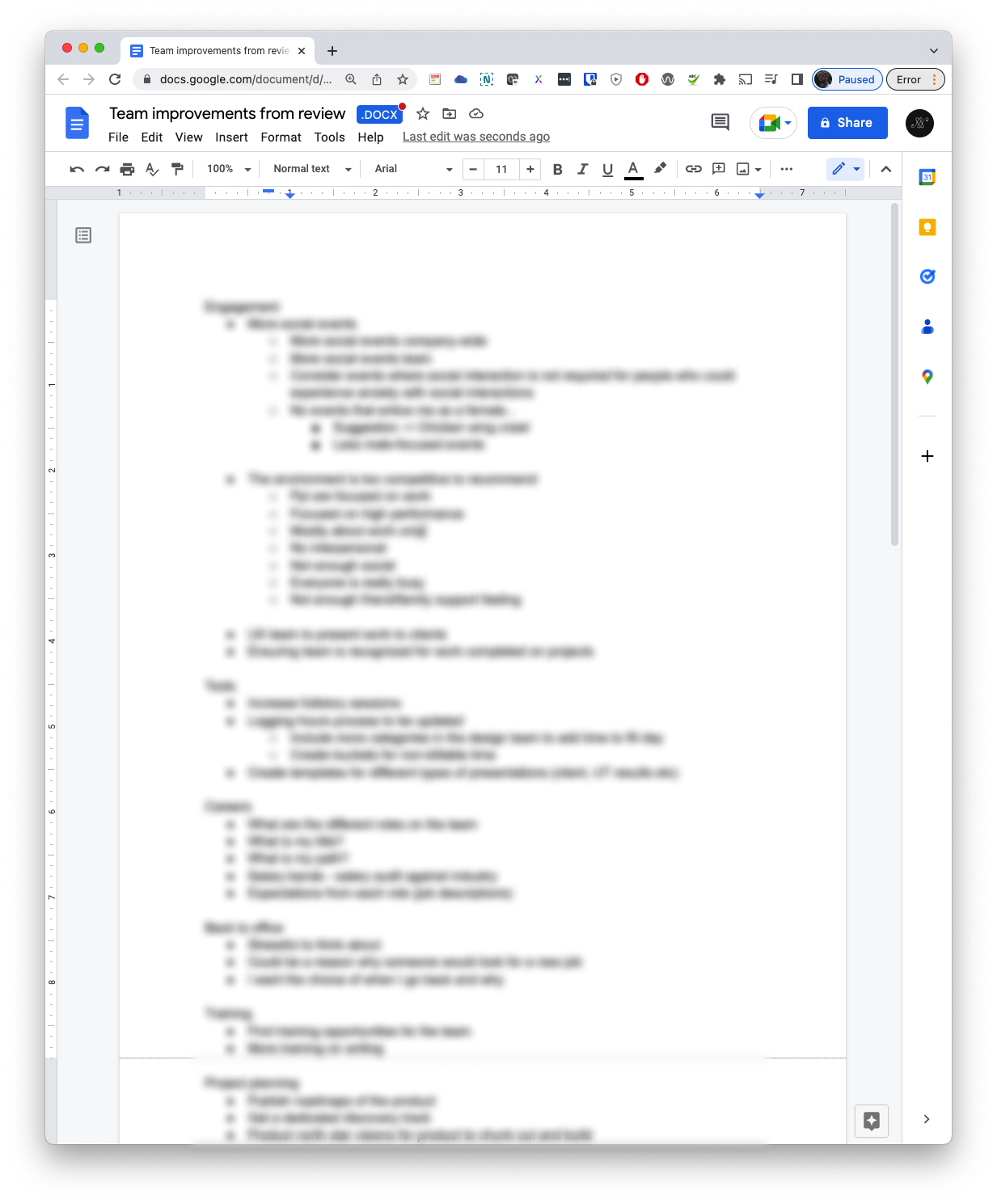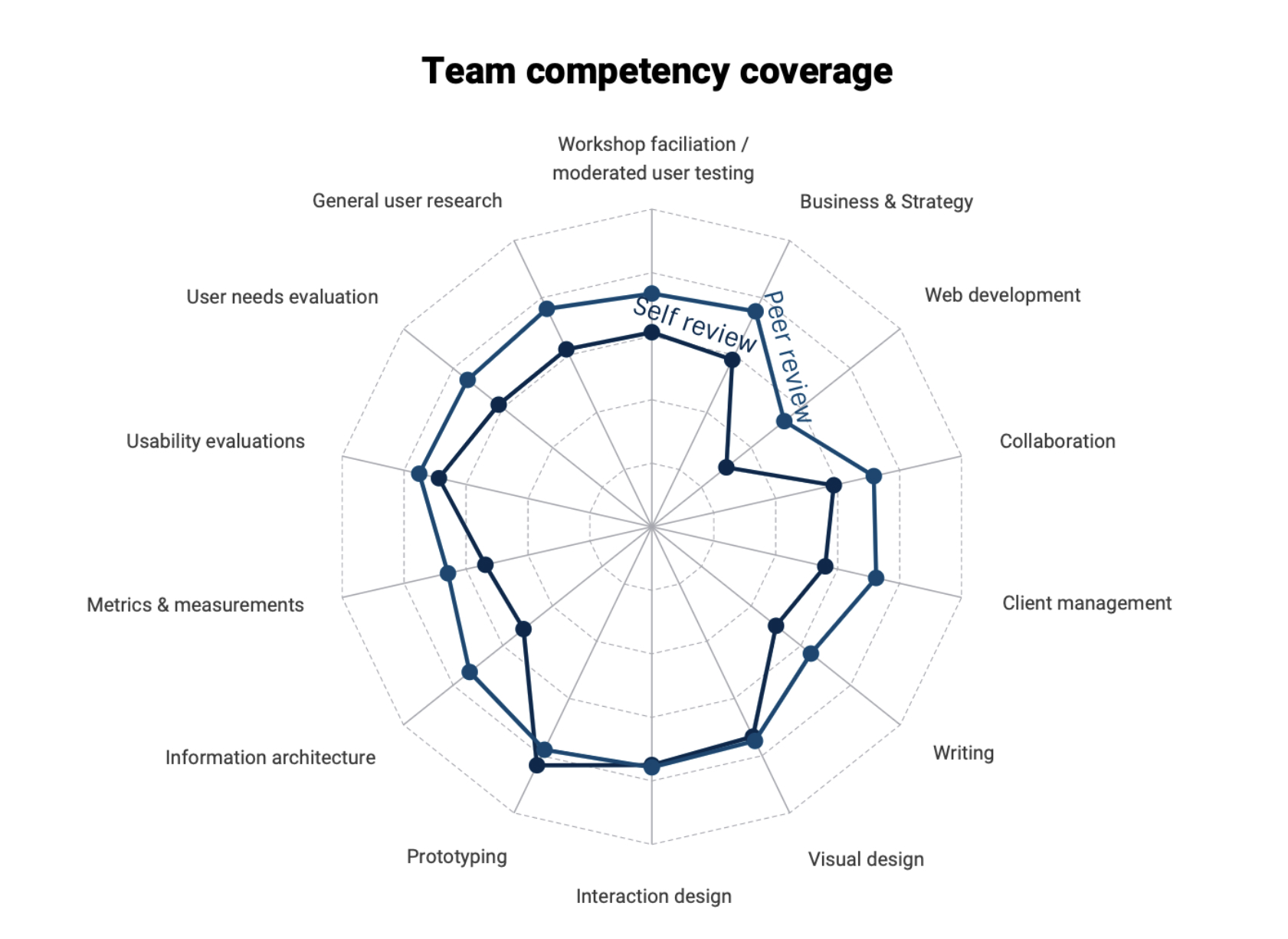
Improving a UX team with a four-Step plan
How I improved the morale and environment of the UX team at Motoinsight by focusing on building trust, measuring progress, and fostering individual growth.

How I improved the morale and environment of the UX team at Motoinsight by focusing on building trust, measuring progress, and fostering individual growth.
The UX team at Motoinsight was without a leader for six months, which resulted in frustration, confusion, and a lack of direction among the team members. The COVID pandemic only made the situation worse, as the team had no social outlets to engage with each other. As the new leader, I realized that the first priority was to improve the overall environment and morale before anything else could be improved.
I recognized that the first step was to build trust and empathy with the team. To achieve this, I had one-on-one sessions with each designer to discuss the good, bad, and ugly aspects of the team's work environment. The anonymity of the feedback allowed the team members to be more open and honest about their experiences. After analyzing the data and grouping common topics, the team met to discuss the issues further. The benefits of this first session were building trust with the team, creating a sense of shared experience, and creating an actionable list to improve the work environment.

After three months of implementing changes, I conducted a survey to measure the team's satisfaction, company alignment, and future orientation. The results showed that the team's satisfaction and engagement had improved, with scores above 70% in all three categories. The team members were optimistic and happy to have a leader working with and for them once again.
With immediate problems cleared up, I focused on individual growth and career development. The team completed individual surveys to assess their skills in various UX categories, and the results were graphed in a spider chart to review with the team. This exercise provided insights into the team's self-perception, strengths, areas to grow, and what to look for in future hiring.

After eight months, I conducted the same survey for the yearly review. The team's satisfaction had increased by 4.3%, company alignment by 18%, and future orientation by 14%. The team was optimistic, engaged, and focused on goals, with personal goals and work that allowed them to learn, grow, and become better designers.

By focusing on building trust, measuring progress, focusing on individual growth, and measuring progress again, I was able to improve the UX team's morale and environment significantly. The team members were more engaged, optimistic, and focused on achieving their goals.